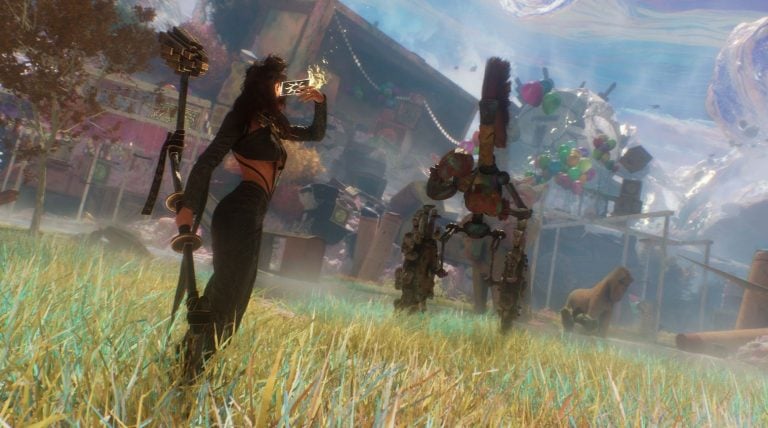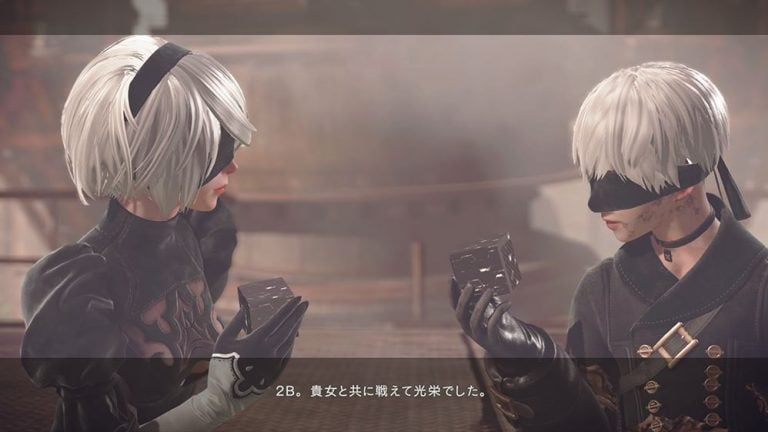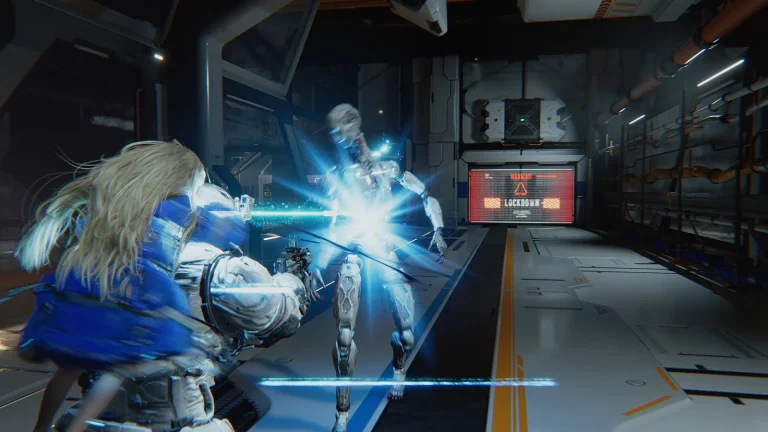Like a Dragon: Pirate Yakuza in Hawaii did a lot of things the Yakuza series has never done before – including maritime adventures and full-on naval ship battles. When designing the pirate spin-off’s ocean and islands, RGG Studio didn’t opt for one big open-world map. Instead, they divided it into multiple divided ocean maps that players can warp between. We recently talked to Pirate Yakuza in Hawaii’s chief director and producer Ryosuke Horii and asked him about this decision.
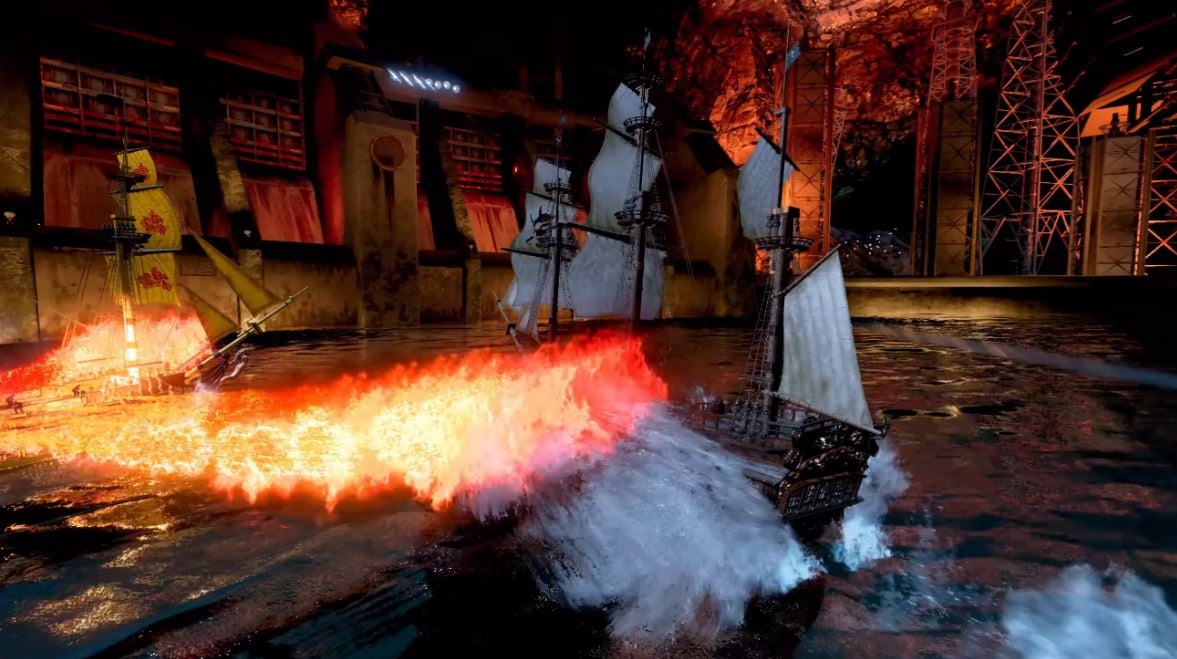
According to Horii, Pirate Yakuza in Hawaii’s development did, in fact, start out with a big, open-world ocean map in mind. However, RGG Studio encountered “many issues” when it came to actually implementing it. The biggest problem was that the devs wanted Pirate Yakuza in Hawaii to include a bunch of locations that would, true to the series’ spirit, feel wildly distinct from each other – ranging from volcanic zones to icy waters. But portraying those kinds of environments in a seamless open world without it looking unnatural was the tricky part.
“For example, if you want to have a snowy mountain region appear on the map without if feeling out of place, you need to make the landscape slowly transition, moving from regular waters to colder waters, eventually reaching the snow-covered area.” To achieve this kind of gradual, true-to-nature transition, RGG Studio would have had to make an extremely large ocean map, with long distances between each area.
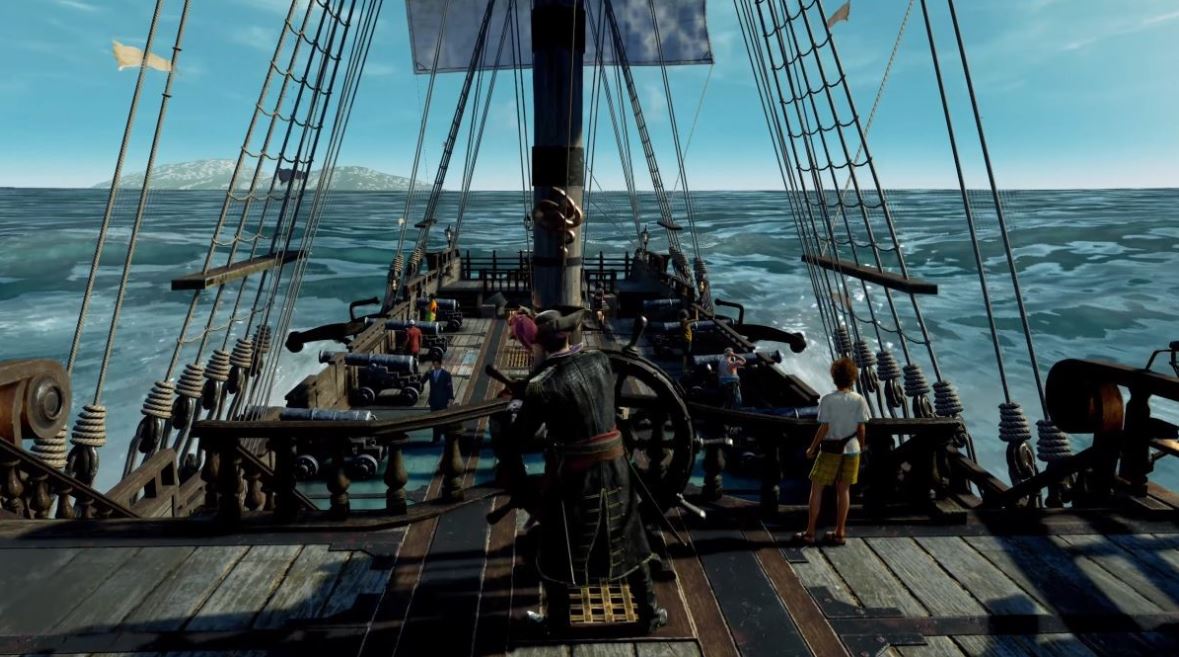
The problem was, the devs didn’t want to make players travel between locations for ages. They also didn’t want to sacrifice the idea of including dramatic environments, as that would strip the game of its Like a Dragon-like flair. “Although the idea of an open-world sea is certainly attractive, it didn’t fit with what we were going for. That’s why we decided to go for a system that divides the ocean map into regions.”
Horii points out that a vast ocean map can easily start feeling monotonous and boring. “Without landmarks like islands, players can’t even tell if they’re making progress. We tried solving that by adding tons of islands, but then the landscape started looking more like Japan’s Seto Inland Sea or Lake Biwa (laughs).”

Ultimately, RGG Studio’s priority in Pirate Yakuza in Hawaii’s gameplay was not sailing itself, but going on an adventure with the Goro Pirates. As such, they abandoned the idea of an open-world map in favor of letting players quickly navigate between smaller, but diverse areas.
Like a Dragon: Pirate Yakuza in Hawaii is out now for the PC (Steam), PS4/PS5, and Xbox One/Xbox Series X|S.
Related articles: Like a Dragon: Pirate Yakuza in Hawaii director intentionally blocked out influence of Sea of Thieves and other naval games



